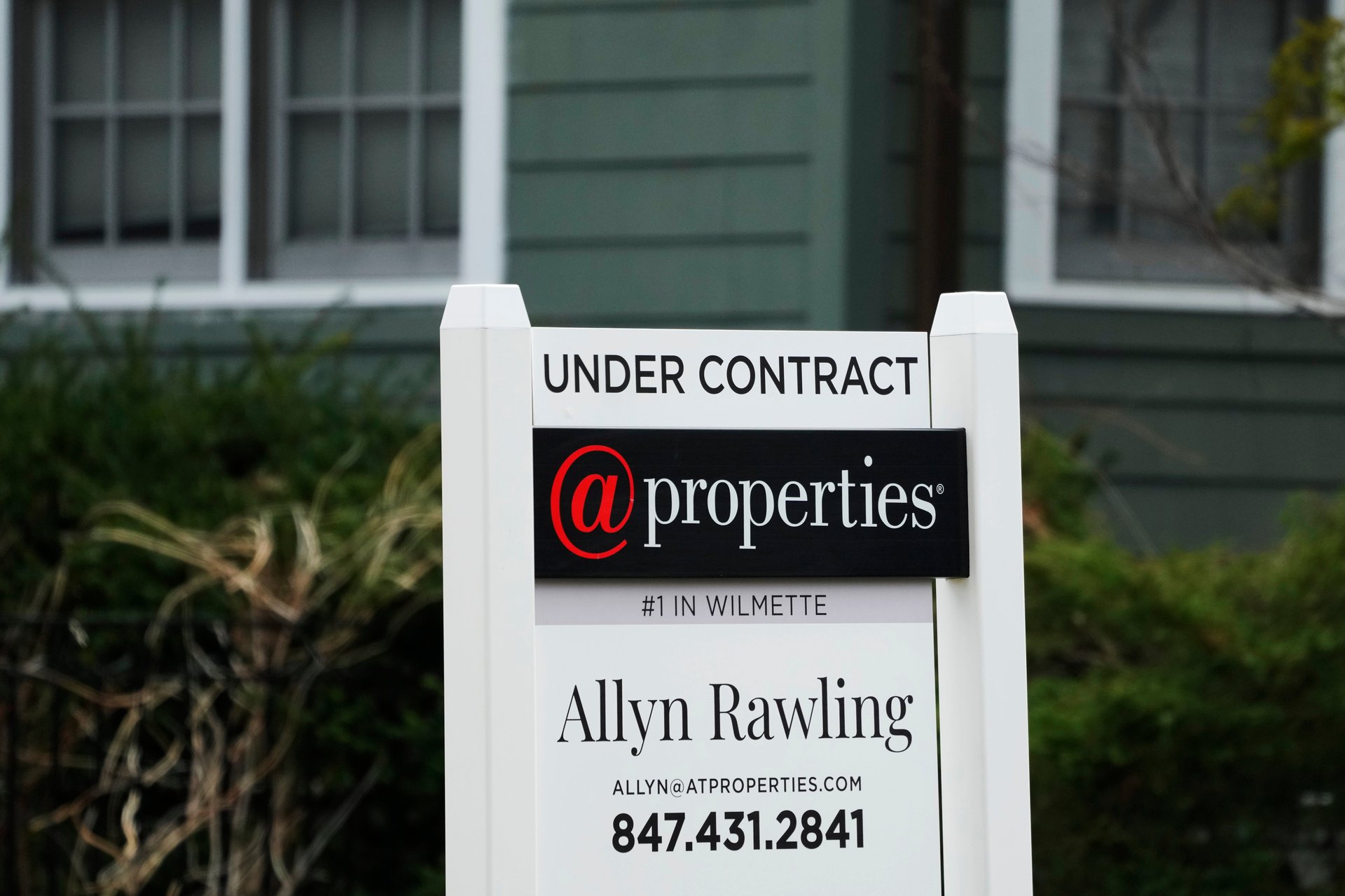Average long-term US mortgage rate climbs for fourth straight week to highest level since November
The average long-term U.S. mortgage rate climbed this week to its highest level since late November, another setback for home shoppers in what’s traditionally the housing market’s busiest time of the year

LOS ANGELES (AP) — The average long-term U.S. mortgage rate climbed this week to its highest level since late November, another setback for home shoppers in what's traditionally the housing market's busiest time of the year.
Suggested Reading
The average rate on a 30-year mortgage rose to 7.17% from 7.1% last week, mortgage buyer Freddie Mac said Thursday. A year ago, the rate averaged 6.43%.
Related Content
Borrowing costs on 15-year fixed-rate mortgages, popular with homeowners refinancing their home loans, also rose this week, lifting the average rate to 6.44% from 6.39% last week. A year ago, it averaged 5.71%, Freddie Mac said.
When mortgage rates rise, they can add hundreds of dollars a month in costs for borrowers, limiting how much they can afford at a time when the U.S. housing market remains constrained by relatively few homes for sale and rising home prices.
The average rate on a 30-year mortgage has now increased four weeks in a row. The latest uptick brings it to its highest level since November 30, when it was 7.22%.
After climbing to a 23-year high of 7.79% in October, the average rate on a 30-year mortgage had remained below 7% since early December amid expectations that inflation would ease enough this year for the Federal Reserve to begin cutting its short-term interest rate.
Mortgage rates are influenced by several factors, including how the bond market reacts to the Fed’s interest rate policy and the moves in the 10-year Treasury yield, which lenders use as a guide to pricing home loans.
Home loan rates have been mostly drifting higher after a string of reports this year showing inflation remaining hotter than forecast, which has stoked doubts over how soon the Fed might decide to start lowering its benchmark interest rate. The uncertainty has pushed up bond yields.
Top Fed officials themselves have said recently they could hold interest rates high for a while before getting full confidence inflation is heading down toward their target of 2%.
The rise in mortgage rates in recent weeks is an unwelcome trend for home shoppers this spring homebuying season. Sales of previously occupied U.S. homes fell last month as homebuyers contended with elevated mortgage rates and rising prices.
While easing mortgage rates helped push home sales higher in January and February, the average rate on a 30-year mortgage remains well above 5.1%, where was just two years ago.
That large gap between rates now and then has helped limit the number of previously occupied homes on the market because many homeowners who bought or refinanced more than two years ago are reluctant to sell and give up their fixed-rate mortgages below 3% or 4% — a trend real estate experts refer to as the “lock-in” effect.
“The jump in mortgage rates has taken the wind out of the sails of the mortgage market," said Bob Broeksmit, CEO of the Mortgage Bankers Association. "Along with weaker affordability conditions, the lock-in effect continues to suppress existing inventory levels as many homeowners remain unwilling to sell their home to buy a new one at a higher price and mortgage rate.”
Homebuilders have been able to mitigate the impact of elevated home loan borrowing costs this year by offering incentives, such as covering the cost to lower the mortgage rate homebuyers take on. That's helped spur sales of newly built single-family homes, which jumped 8.8% in March from a year earlier, according to the Commerce Department.
“With rates staying higher for longer, many homebuyers are adjusting, as evidenced by this week’s report that sales of newly built homes saw the biggest increase since December 2022,” said Sam Khater, Freddie Mac’s chief economist.